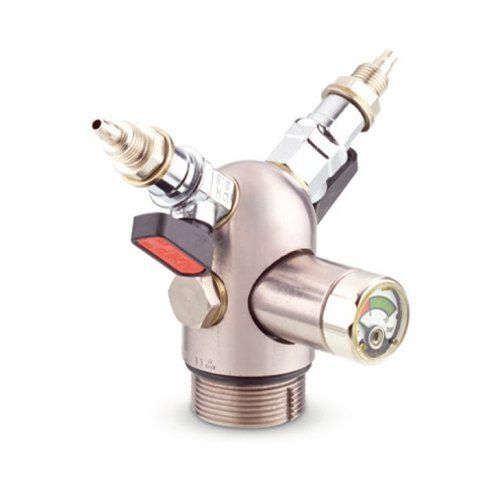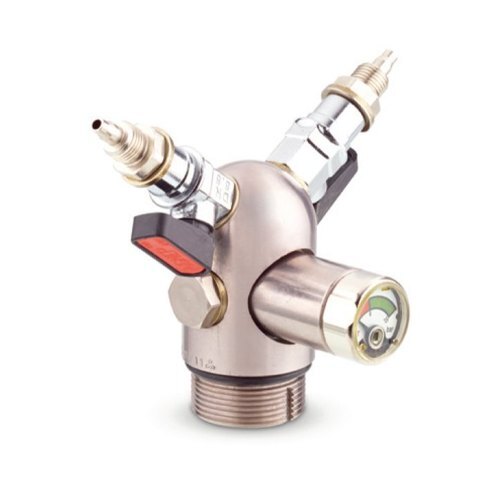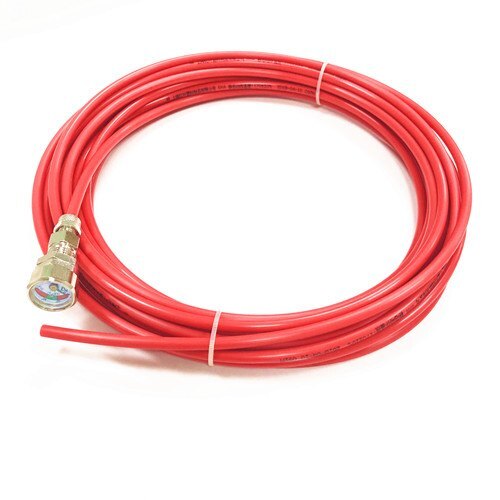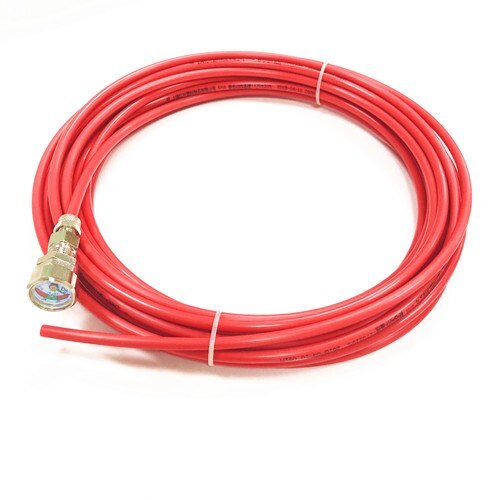- Home Page
- Company Profile
-
Our Products
- Fire Suppression Systems
- Hfc 227ea Auto Fire Extinguishing System
- Hfc227ea Total Flooding System
- Clean Agent Cylinderless System for Car
- Wind Turbine Fire Detection and Suppression System
- Vehicle Fire Protection System
- Fire Extinguishing System For Electrical Cabinets
- Aerosol Based Fire Suppression System
- Cylinder Less Tube Based Fire Detection Suppression Systems
- Hfc227ea Clean Agent Fire Extinguishers
- Carbon Steel Fm 200 Fire Suppression System
- Direct Tube Based Fire Suppression System
- Novac 1230 Fire Flooding Systems
- Clean Agent Fire Suppression System
- Heat Sensing Tube
- Clean Agent Cylinderless System
- Modular Clean Agent HFC236fa Extinguishers
- FK 5112 Suppression System
- Hfc 227ea Based Fire Suppression System
- Novec 1230 Flooding System
- Aerosol Fire Suppression System
- Dual Agent Retardant fire Suppression System
- Fire Suppression For Power Generators
- Car Fire Protection System
- Novec 1230 Clean Agent Suppression Systems
- High Voltage Transformer Fire Suppression System
- FM200 Fire Suppression System
- Mild Steel Novec 1230 Fire Suppression System
- Novec 1230 Fire Suppression System
- Clean Agent Fire Suppression System for Wind Turbine
- Bus Engine Fire Protection System
- Fire Trace System
- SEVO Tubing Suppression System
- Fire Detection And Fire Suppression System
- Heavy Vehicle Fire Suppression Systems
- Fire Sprinkler System Installation Service
- Vehicle Fire Suppression System
- Pre Engineered Fire Suppression System
- Server Rack Fire Suppression System
- Fire Suppression System (Capacitor Panel)
- Mild Steel Fire Suppression Systems
- Electrical Panel Detection Suppression System
- Fire Detection Tube Suppression System
- Fire Extinguishing System For Electrical Panel
- Electrical Panel Gas Suppression System
- Novec 1230 Fire Suppression System for Industrial
- Fm200 Gas Based Fire Suppression Systems
- FM200 Gas Based Fire Suppression Systems For Wind Turbines
- Tube Based Fire Suppression System
- Novec 1230 Fire Gas Suppression System For Electrical Panel
- Novec 1230 Fire Extinguishing System
- Novec 1230 Gas Suppression System For Wind Turbine Fire Suppression System
- Nitrogen Injection Transformer Fire Protection System
- Electrical Panel Fire Suppression System
- Dual Agent Retardant Fire Suppression System
- Diffusible FE36 Fire Suppression System
- Hazardous Cabinets Fire Suppression System
- Chemical Fire Suppression Systems
- Nitrogen NITFP System
- Automatic Fire Detection and Suppression System
- Novec 1230 Fire Suppression Systems
- Fire Suppression For Wind Turbines
- Bladder Tank Proportioning System
- Electrical Panel Fire Suppression
- Fk 5112 Fire Suppression System
- Fire Extinguishing Systems
- Fire Alarms And Detection Systems
- White Addressable Duct Detector
- UV IR Flame Detector
- Fire Alarm System Amc Service
- Conventional Fire Alarm System
- Agni Sounder Hooter
- Addressable Fire Alarm System
- Digital Addressable Fire Alarm System
- Aspirating Systems Smoke Detectors
- Agni Addressable Security Fire Alarm
- Fire Detection And Fire Alarm System
- Uv Ir Flame Detector System
- Ravel 2 zone Conventional Fire Alarm System
- Addressable Photoelectric Duct Detector
- Fire Alarm Sounder
- Fire Response Indicator
- Vesda Aspirating Smoke Detection System
- 4 Zone Addressable Fire Alarm System
- Ravel 4 zone Conventional Fire Alarm System
- Fire Detection Fire Alarm System
- Co2 Flooding/Suppression System
- Co2 Based Fire Suppression Systems
- CO2 Suppression System
- CO2 Fire Flooding
- Automatic Pipeline Co2 Fire Suppression System
- Co2 Fire Flooding System
- Co2 Cylinder Fire Suppression System
- In Direct CO2 Flooding System
- High Pressure Co2 Automatic Fire Extinguishing System
- Automatic Co2 Flooding System
- Automatic CO2 Flooding System
- Gas Based Co2 Flooding System
- Co2 Gas Fire Suppression System
- ELECTRICAL PANEL CO2 FLOODING SYSTEM
- Automatic Pipeline CO2 Fire Suppression System
- Co2 Fire Suppression System
- Passive Fire Protection
- Fire Extinguishers
- Twin Trolley Type Fire Extinguisher
- Co2 Fire Extinguisher Refilling Service
- Clean Agent Type Fire Extinguisher
- Amc For Fire Fighting System
- Co2 type fire Extinguisher
- Mild Steel Wet Chemical Fire Extinguisher
- Carbon Steel Abc Fire Extinguisher
- Automatic Ceiling Mounted D Type Fire Extinguisher
- Water Spray Sprinkler Systems
- Kanex Fire Extinguishers
- Fe36 Clean Agent Fire Extinguisher
- Modular Dry Chemical Powder Extinguishers
- Kitchen Fire Suppression System
- Kitchen Fire Suppression System
- Mild Steel Kitchen Fire Suppression
- Kitchen Hood Fire Suppression System
- Automatic Kitchen Fire Extinguishing System
- Kitchen Fire Extinguisher
- kitchen Nozzle Fire Suppression System
- Restaurant Kitchen Fire Suppression System
- Fire Suppression System For Commercial Kitchen
- Commercial Kitchen Fire Suppression System
- HW & MV Fire Protection System
- Commercial Gas Leak Detector
- Medium Velocity Water Spray System (MVWS)
- Transformer Fire Protection System
- Transformer Fire Prevention System
- Transformer Fire Suppression Systems
- Conveyor belt system fire protection system
- Nitrogen Injection Fire Protection System For Transformer
- High Velocity Water Spray System (HVWS)
- Fire Suppression Accessories
- Fire Hydrant System
- Clean Agent Gas Refilling
- Fire Fighting Foams
- Smoke Detector
- Ravel Beam Smoke Detector
- Addressable Photoelectric Smoke Detector
- Addressable Smoke Detector
- Fire Alarm Addressable Smoke Detector
- Battery Addressable Smoke Detector
- Polycarbonate Smoke Detector
- Agni Smoke Detector
- Conventional Optical Smoke Detectors
- Addressable Duct Smoke Detector
- Agni Wireless Smoke Detector
- White Polycarbonate Smoke Detector
- Manual Call Point
- Fire Retardant Fabric
- Fire Alarm Control Panel
- Heat Detector
- Beam Detectors
- Fire Door
- HW&MV Fire Protection
- Fire Cable Coating
- Fire Cable
- Public Address Systems
- Hydraulic Hose
- Fire Suppression Systems
- Contact Us

Indirect Low Pressure Valve
4500 INR/Piece
Product Details:
- Weight KG Kilograms (kg)
- Frequency HZ Hertz (HZ)
- Product Type FIRE SUPPRESSION SYSTEM
- Alarm NO
- Warranty 1 YEARS
- Usage FIRE SUPPRESSION SYSTEM
- Color COLOURLESS
- Click to view more
X
Indirect Low Pressure Valve Price and Quantity
- 4500 INR/Piece
- 100 Piece
Indirect Low Pressure Valve Specification
- 1 YEARS
- KG Kilograms (kg)
- CELSIUS Celsius (oC)
- COLOURLESS
- FIRE SUPPRESSION SYSTEM FOR ELECTRICAL PANEL
- FIRE SUPPRESSION SYSTEM
- STAINLESS STEEL
- NO
- FIRE SUPPRESSION SYSTEM
- HZ Hertz (HZ)
Indirect Low Pressure Valve Trade Information
- Cheque
- 100 Piece Per Month
- 7 Days
- Yes
- Free samples available with shipping and taxes paid by the buyer
- LOT
- Asia
- All India
- AS PER MANUFACTURE PROVIDE.
Product Description
An indirect low-pressure valve is a type of valve used in fluid control systems to regulate the flow of fluids, typically liquids or gases, at low pressure levels. These valves are designed to operate under conditions where the pressure of the fluid is relatively low, which can vary depending on the specific application but is generally considered to be below 15 psi (pounds per square inch) or 1 bar.
The term "indirect" in the context of valves often refers to the mechanism by which the valve operates. In an indirect valve, there is typically an external actuator or control mechanism that operates the valve. This can be a manual handle, an electric motor, a pneumatic or hydraulic actuator, or even a computer-controlled system, depending on the design and purpose of the valve.
Indirect low-pressure valves come in various types and configurations, including:
1. Gate Valve: This type of valve uses a gate-like disk or wedge to control the flow of fluid. When the valve is open, the gate is lifted to allow fluid to pass through, and when closed, the gate is lowered to block the flow.
2. Ball Valve: Ball valves use a spherical ball with a hole in it to control fluid flow. When the valve is open, the ball is rotated to align the hole with the flow path, allowing fluid to pass. When the valve is closed, the ball is rotated to block the flow.
3. Butterfly Valve: Butterfly valves have a disk that rotates on a central axis. When the valve is open, the disk is turned parallel to the flow direction, allowing fluid to pass. When the valve is closed, the disk is turned perpendicular to the flow, blocking it.
4. Check Valve: While not typically used for flow control, check valves are designed to allow fluid to flow in one direction only. They are often used to prevent backflow.
5. Diaphragm Valve: Diaphragm valves use a flexible diaphragm as the closure element. When the diaphragm is pressed against the seat, the valve is closed, and when it is lifted away from the seat, the valve is open.
FAQ:
Q. What is an indirect low-pressure valve?
Ans: An indirect low-pressure valve is a type of valve designed to control the flow of fluids, such as liquids or gases, in systems where the pressure is relatively low, typically below 15 psi or 1 bar. These valves are operated using external mechanisms like handles, motors, or actuators.
Q. Where are indirect low-pressure valves used?
Ans: These valves are used in various industries and applications, including water supply systems, chemical processing, HVAC (Heating, Ventilation, and Air Conditioning) systems, and more, where low-pressure fluid control is necessary.
Q. What are the common types of indirect low-pressure valves?
Ans: Common types include gate valves, ball valves, butterfly valves, check valves, and diaphragm valves. Each type has specific advantages and is chosen based on the applications requirements.
Q. How do I select the right indirect low-pressure valve for my application?
Ans: Valve selection depends on factors such as the type of fluid, flow rate, temperature, pressure, and the purpose of the valve (e.g., isolation, throttling, or backflow prevention). Consulting with a valve expert or engineer can help you choose the most suitable valve.
Q. What maintenance is required for indirect low-pressure valves?
Ans: Regular maintenance is essential to ensure the proper functioning of these valves. This may include lubrication, inspection for leaks, cleaning, and occasional replacement of seals or gaskets. The specific maintenance requirements can vary depending on the valve type and the manufacturers recommendations.
Q. How do I operate an indirect low-pressure valve?
Ans: The operation of these valves depends on the type and design of the valve. Typically, you will need to turn a handle, operate an actuator, or control it electronically to open or close the valve. Always follow the manufacturers instructions for proper operation.
Q. Can indirect low-pressure valves be automated?
Ans: Yes, many indirect low-pressure valves can be automated using actuators or motors. This allows for remote or automatic control of the valve, which is often used in industrial and process automation.
Q. What is the difference between indirect and direct-acting valves?
Ans: Direct-acting valves are operated directly by physical force, like a spring, whereas indirect valves are operated externally through a mechanism like a lever or motor. The choice between them depends on the specific application and control requirements.
Q. What should I do if my indirect low-pressure valve is leaking?
Ans: If you notice a leak in the valve, its important to shut off the fluid flow and address the issue promptly. Depending on the cause of the leak, you may need to tighten connections, replace seals, or, in some cases, replace the valve.
Q. Are there safety precautions to consider when working with indirect low-pressure valves?
Ans: Yes, safety is crucial. Always follow safety procedures, use appropriate personal protective equipment (PPE), and be aware of the potential hazards associated with the fluid being controlled, especially if its hazardous or under pressure.
FAQs of Indirect Low Pressure Valve:
Q: What is the warranty for the Indirect Low Pressure Valve?
A: The warranty for the Indirect Low Pressure Valve is 1 year.Q: What is the material of the Indirect Low Pressure Valve?
A: The material of the Indirect Low Pressure Valve is stainless steel.Q: What is the application of the Indirect Low Pressure Valve?
A: The application of the Indirect Low Pressure Valve is for fire suppression system for electrical panel.Tell us about your requirement

Price:
Quantity
Select Unit
- 50
- 100
- 200
- 250
- 500
- 1000+
Additional detail
Mobile number
Email
Other Products in 'Fire Suppression Accessories' category
" We mainly want inquiries from Gujarat, Rajasthan, Madhya Pradesh, Maharashtra, Goa. "







 English
English Spanish
Spanish French
French German
German Italian
Italian Chinese (Simplified)
Chinese (Simplified) Japanese
Japanese Korean
Korean Arabic
Arabic Portuguese
Portuguese